










La nostra colazione viene somministrata in modalità self-service sia per non vincolare gli ospiti a dei rigidi orari sia per ottemperare alle disposizioni covid19, tenendo ben separati e distinti i prodotti tra le varie stanze e riducendo in questo modo le occasioni di assembramento.
Ferma restando la possibilità di personalizzare la propria colazione in funzione di eventuali esigenze personali (allergie, intolleranze alimentari, abitudini specifiche, ecc…), la filosofia della nostra struttura prevede la somministrazione di alcuni prodotti tipici locali, che facciano immergere il nostro ospite nella vera cultura salentina e che possano affiancare altri prodotti, sempre di qualità, in grado di soddisfare anche i gusti di chi è abituato alla classica colazione standard italiana.

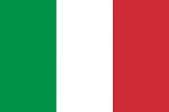


Breakfast is set up as self-service in order to not limit guests with a tight schedule and to better follow the covid 19 provisions, by keeping well separated each room’s products and, as a consequence, to minimize gatherings between guests. With the exception of attending to specific needs of certain guests, such as allergies and intolerances, our criteria of choice in products is providing typical, quality local products chosen carefully with the aim of letting the guests fully experience Salento’s culture, while also providing the usual products, maintaining the same level of quality, found in the standard Italian breakfast.

I nostri prodotti vengono acquistati dalle migliori pasticcerie o panifici del territorio oppure in alcune circostante preparati direttamente dalla nostra «home chef» Patrizia.

In entrambe i casi la scelta degli ingredienti e la manipolazione degli stessi avviene nel massimo rispetto delle norme igienico-sanitarie e con le opportune certificazioni a garanzia della sicurezza alimentare per i nostri ospiti.



La sicurezza alimentare è garantita dall’attestazione per il Personale Alimentarista, conseguita nel 2017 e rinnovata nel 2021.
The products provided in our B&B are only bought from the best pastry shops of our territory and in some occasions directly prepared by our «home chef» Patrizia.
In any case, the way we pick our ingredients and the way we handle them is always in full respect of sanitary norms, with the certifications that guarantee the safety of the products for our guests.
Alimentary safety is guaranteed by this certificate, first issued in 2017 and recently renewed in 2021.
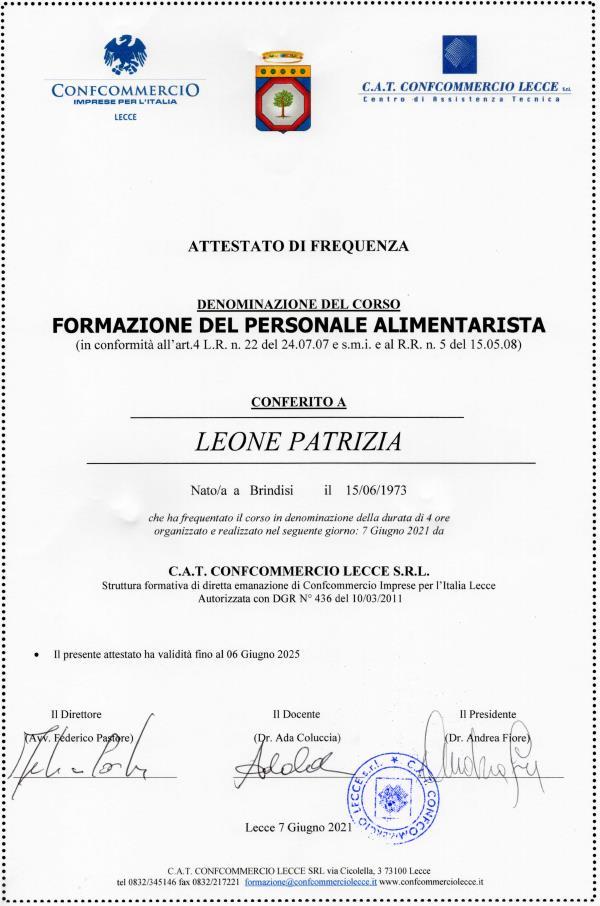

Il fruttone leccese è il «cuginetto» del più noto pasticciotto. In comune questi due dolci hanno sicuramente la forma e la struttura in pastafrolla, quello che cambia è il ripieno e la copertura.
Il Fruttone è un dolce tipico della tradizione gastronomica leccese fatto di pasta frolla con ripieno di crema di mandorle e marmellata di pere o di mele cotogne (cotognata), il tutto ricoperto da uno strato superiore di cioccolato fondente.
La ricetta di questo dolce è molto antica, diffusa in tutto il Salento e tramandata di generazione in generazione, ha il vantaggio rispetto al pasticciotto di conservarsi gustoso e fragrante molto più a lungo.



L’impasto contiene farina 00, zucchero, margarina, uovo, lievito, buccia di limone e vaniglia, mentre la farcitura marmellata di pere o cotognata, mandorle, zucchero, cannella, uova, cioccolato, burro.

The “fruttone” (literally, “big fruit”) is the little brother of the more famous “pasticciotto” . Both sweets have in common the shape and the dough, what’s different is the filling and the icing.
The “fruttone” is a typical sweet of Lecce’s gastronomy made with short pastry and with an almond cream filling and pear jam or quince jam, with a dark chocolate icing to top it off.
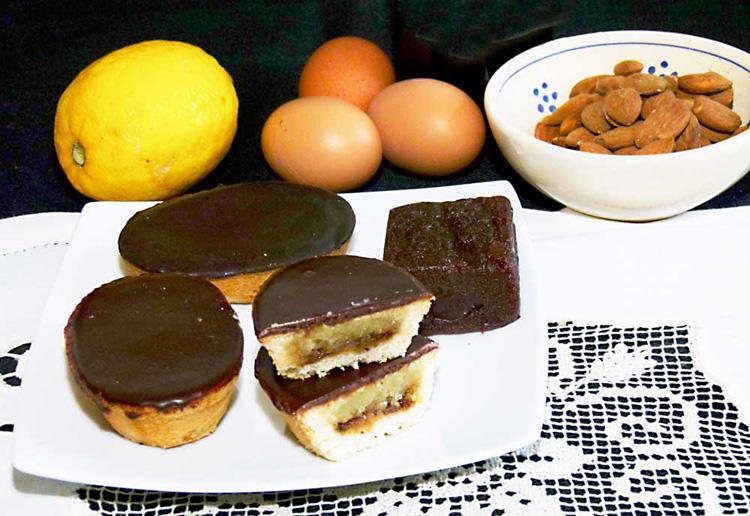
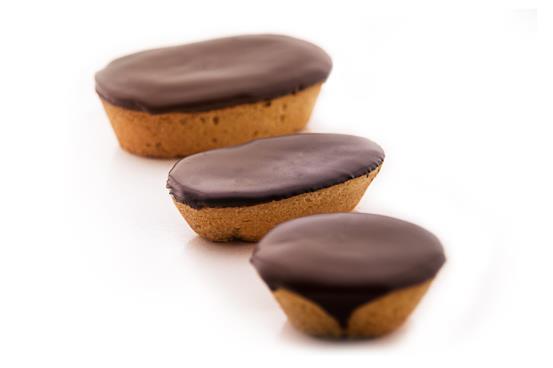
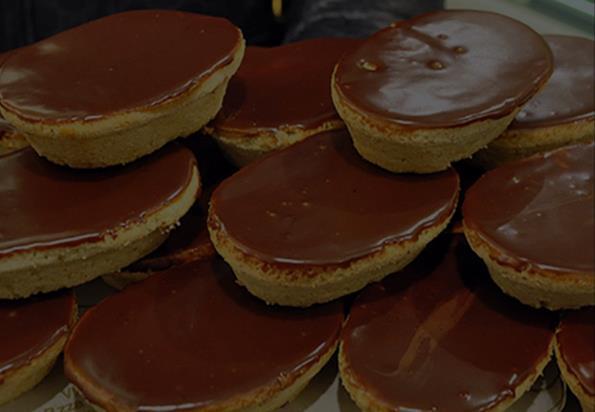
The recipe for this dish goes back a long way, it’s widespread across all of Salento and is handed down from generation to generation, the main appeal it has over the “pasticciotto” is that it can be kept in storage for longer.

The dough is made with 00 flour, sugar, margarine, eggs, yeast, lemon peel and vanilla, while the filling can vary wildly, from pear jam to quince jam, to almond jam, sugar, cinnamon, eggs, chocolate, butter and so on so forth.

Le cartucce non sono un dolce originario leccese, ma tipico della pasticceria napoletana. Eppure, le “cartucce” di pasta di mandorla si sono molto diffuse anche in Salento.

Non mancavano mai nei classici vassoi di paste, la famosa “guantiera” che le famiglie si potevano concedere solo la domenica e per questo rappresentano un vero tuffo nel passato delle nostre tradizioni.



Devono il loro nome alla forma, stretta e allungata, smile alle cartucce di un fucile e sono ideali per accompagnare un buon caffè o un tè.
Sono a base di mandorle e contengono anche zucchero, burro, farina 00, uova e acqua.
The “cartucce” didn’t originally come from Salento, in fact it’s a typical Neapolitan sweet. Even so, the “cartucce” have made their way into Salento’s culture.


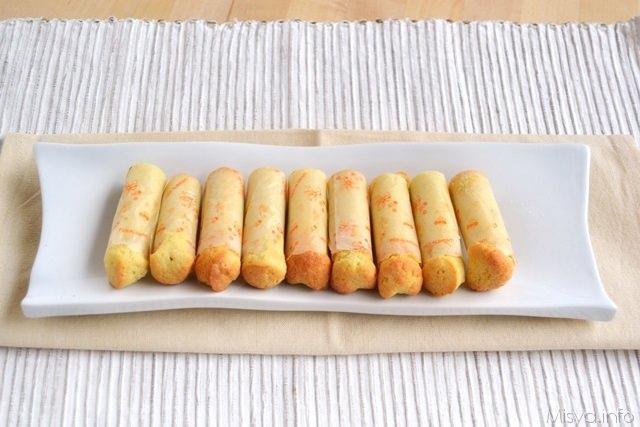
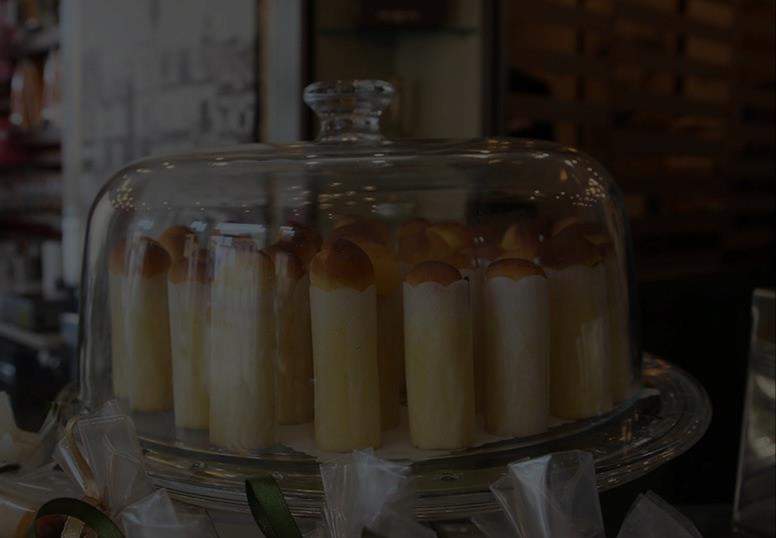

The were ever present in families’ “guantiera”, which was a tray full of sweets usually consumed during Sundays, and thus helps us travel in the past of our traditions. They get their name from the similarity with rifle cartridges (“cartucce” translates to “cartridge”) and they’re perfect along with a coffee or tea.
Their dough Is based on almonds but they also contain sugar, butter, 00 flour, eggs and water.
Le cosiddette «Paste secche», sono dolci di pasta di mandorla, anche detta “pasta reale”, e rappresentano un classico della pasticceria secca salentina.
Sono friabili e famosi per il loro intenso aroma di mandorla, concentrato in un bocconcino di 20-30 grammi.
Nella forma possono variare in base alle tecniche di preparazione utilizzate dai pasticceri che durante tutto l’ anno gli espongono nei banconi dei migliori bar e pasticcerie del Salento.





Sono a base di mandorle e contengono anche zucchero, uova e frutta candita o chicchi di caffè.
The so called “Paste secche” (literally, “dry pastes”), also called “pasta reale” (“royale paste”), are sweets made of almond dough and they represent a classic treat of Salento’s dry pastry.
They are crumbly and notorious for their strong almond aroma, condensed in small 20 to 30-gram bites.
Their shape can vary greatly depending on the technique used by the pastry chefs, who distribute and exhibit them in the best cafes and pastries in Salento throughout the whole year.

They’re made mainly of almond and also contain sugar, eggs and candied fruit or coffee beans.



Gli africani salentini sono dei biscottini tipici in particolare di Galatina e della Grecìa Salentina. Come tutti i prodotti tipici, anche questi biscotti, molto simili a delle meringhe, sono legati ad una antica tradizione.

Sembra, infatti, che la loro origine sia datata 1793, quando un pasticciere inventò questi dolcetti per la propria amante.
Gli africani sono chiamati anche dita di Apostoli, espressione coniata probabilmente in ambienti religiosi, e dovuta, verosimilmente, alla loro forma affusolata.

Sono preparati con due soli ingredienti: uova e zucchero.

The “africani” Salentini (literally, “Salentinian africans”) are small biscuits typical of the town Galatina and of the whole “Grecìa Salentina” .
Like all other typical products, this kind of biscuits, which are very similar to meringues, are tied to an old tradition.
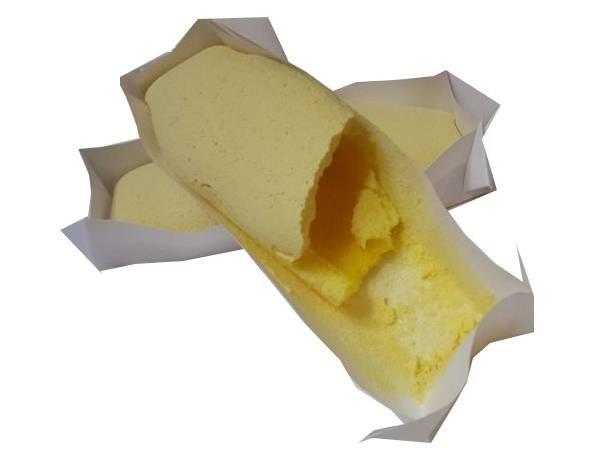


It’s estimated that their origin dates back to 1793, when a pastry chef invented them for their lover.
The “africani” are also commonly called “dita di Apostoli” (literally, “Apostle fingers”); this name was probably created in religious settings, and is probably due to the sweet’s thin, long shape.


They’re made with only two ingredients: eggs and sugar.

I Mustazzoli (o Mustaccioli o Scagliozzi) sono dei biscotti al cacao glassati con un composto chiamato «naspro» o «gileppo».
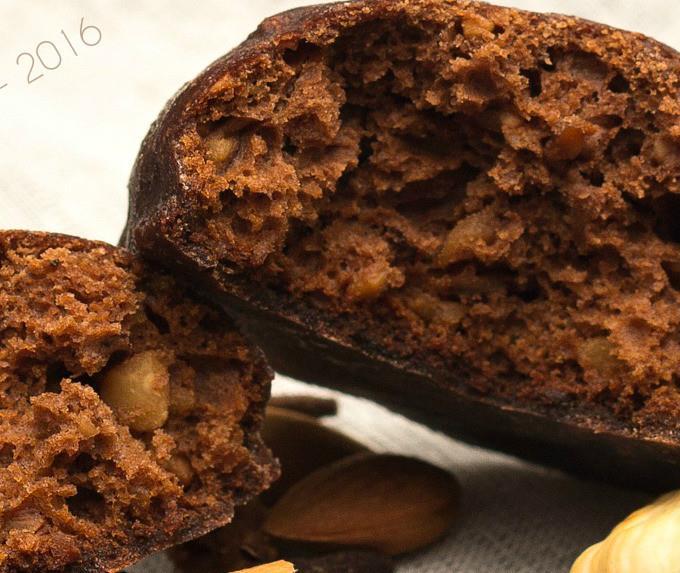
L’origine è antichissima e risale probabilmente al periodo della dominazione araba. Questi biscotti, infatti, sono privi di lievito, come nella consuetudine araba.



Il biscotto, in ogni paese del Salento, resta lo stesso cambiando però spesso il suo nome: a seconda dell’area salentina in cui vi trovate, potrete sentirli chiamare zozzi, pisquetti, nassaparati, castagnetti o ancora nsparati.
Sono preparati con i seguenti ingredienti: farina, mandorle, olio evo, cacao amaro, limone, arancia, latte, spezie (cannella, noce moscata e chiodi di garofano), bianco, zucchero

The “mustazzoli” or “mustaccioli” or “scagliozzi” are cocoa biscuits covered in an icing typically called “ naspro ” or “gileppo” .
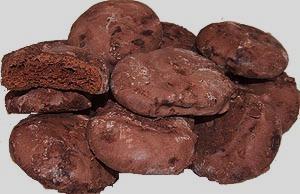
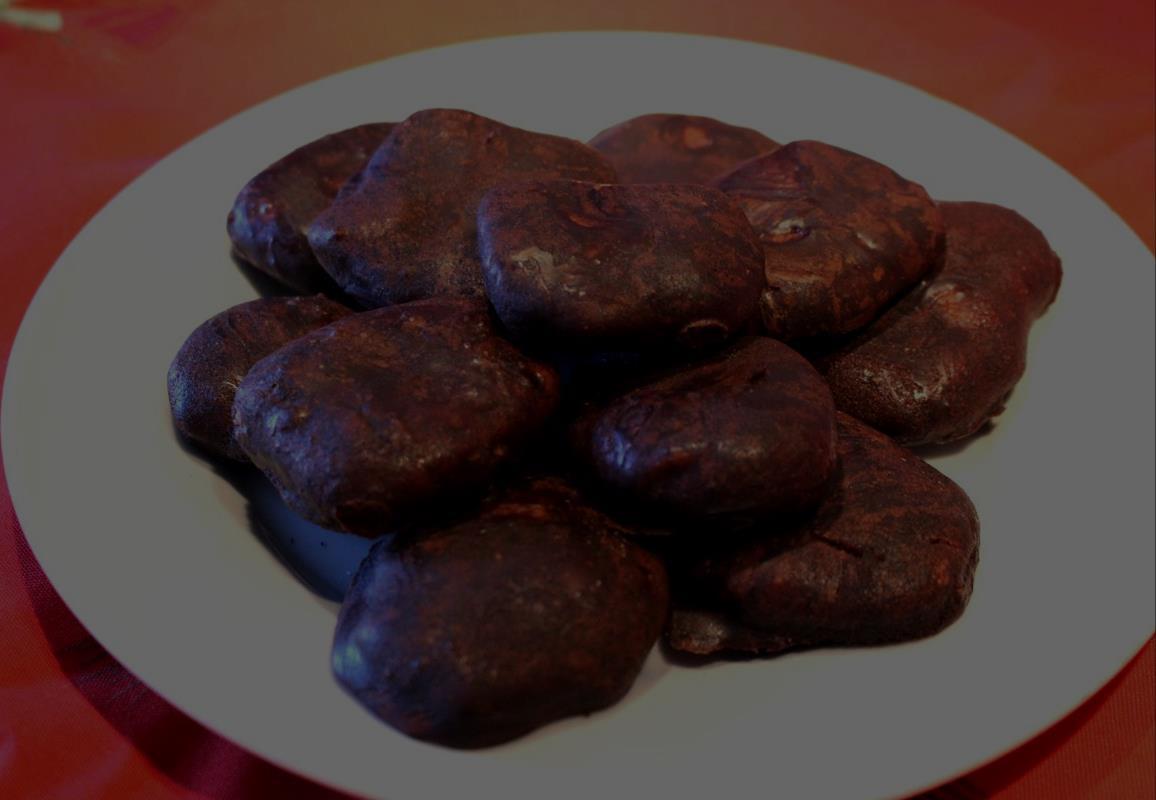
Their origin is extremely old, probably dating back to the period when Puglia was occupated by the arabs. In fact, these biscuits are made without yeast, in line with the arab tradition.
This sweet is prepared the same way in all the places in Salento, however, everyone calls it in a different way: depending on where you are, you may hear it get called “zozzi”, “pisquetti”, “nassaparati” or “nsparati” and “castagnetti” .
They’re made with these ingredients: flour, almond, extra virgin olive oil, bitter cocoa, lemon, orange, milk, spices (such as cinnamon, nutmeg and cloves), white wine, eggs and sugar.

L’origine di questo dolcetto si fa risalire al ‘700, a una ricetta messa a punto dalle suore del Convento del Divino Amore di Napoli.
Una volta diffuso in tutto il Salento, la sua tradizione è rimasta viva sino ad oggi nell’area di Gallipoli.

È un dolce a base di mandorle, farina di riso o di frumento, uova, aromi Benevento, scorza d’arancia. Una volta cotto, questo biscotto dalla forma allungata, viene finemente glassato con lo zucchero fondente
Esiste anche una variante del tradizionale divino amore, con la base che si presenta uguale, mentre la glassatura è fatta allo stesso modo e con gli stessi ingredienti di quella utilizzata per i mustaccioli.



The “Divini Amori” origin can be traced back to the 18th century, to a recipe developed by the nuns of the Convent of Divino Amore in Naples.
Once spread throughout Salento, its tradition has remained alive to this day in the area of Gallipoli.
It is a dessert made with almonds, rice or wheat flour, eggs, Benevento liqueur, and orange zest. Once baked, this elongated biscuit is finely glazed with powdered sugar.
There is also a variation of the traditional Divini Amore, with the same base, while the glaze is made in the same way and with the same ingredients as the one used for mustaccioli.





A completare la colazione, dei prodotti di largo consumo tipici della colazione continentale, non locali ma di comprovata qualità.
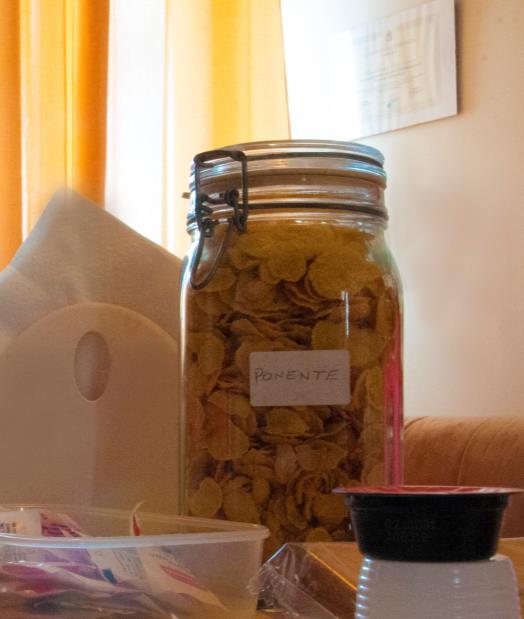
Sicuramente non possono mancare pancarrè, cornflakes, marmellate, nesquik, tè caldi e freddi, caffè, latte e succhi di frutta.
Un’attenzione particolare viene rivolta alla sostenibilità, alla riduzione del packaging, alla differenziazione dei rifiuti e al riciclo .


To top off the breakfast, there are the usual typical products of the continental breakfast, which aren't local but still quality checked.
White bread, cornflakes, jam, nesquik, cold and hot tea, coffee, milk and fruit juices are always present.



Particular attention is focused on sustainability, minimizing packaging, waste sorting and recycling.


